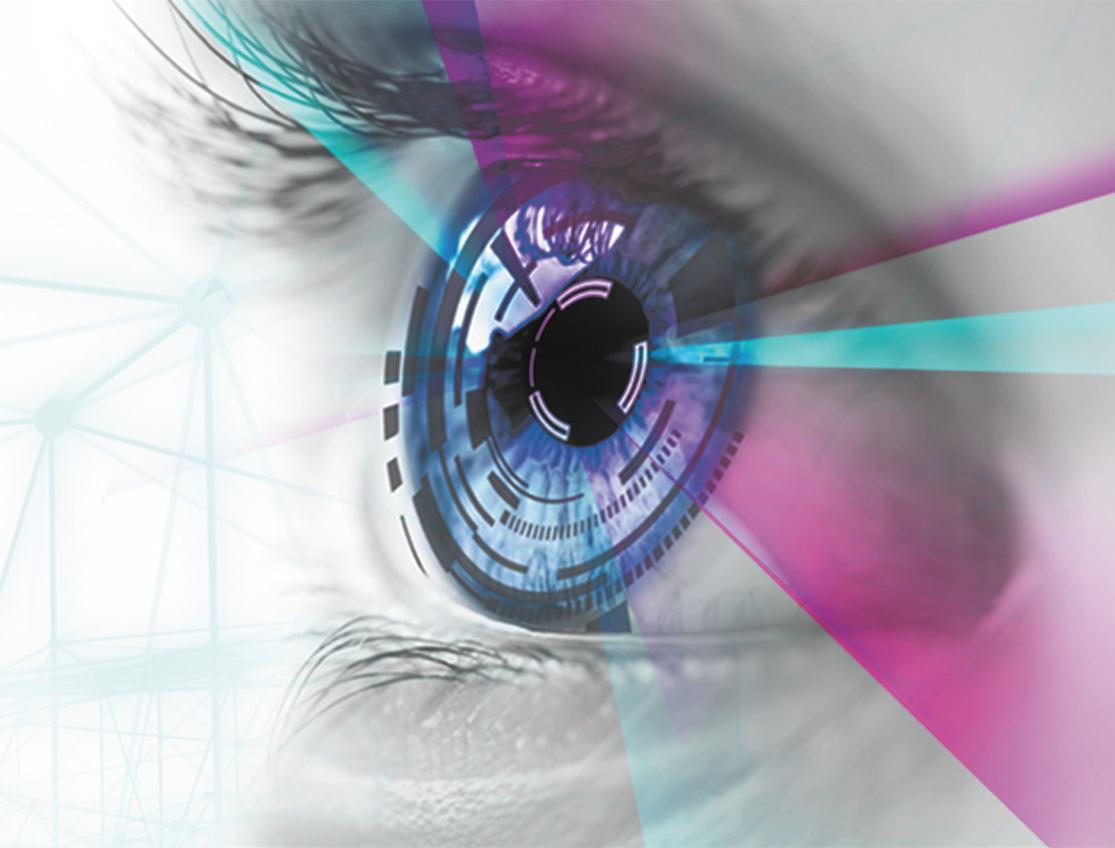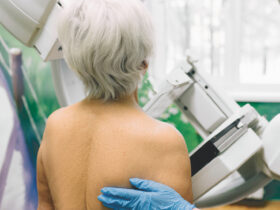By Amanda N. Sacino, MD-PhD . Neurosurgeon and Managing Partner
Spinal stenosis is a condition characterized by the narrowing of the spinal canal, which can compress the spinal cord and nerves, leading to pain, weakness, and mobility issues. This condition primarily affects older adults, as it is often caused by degenerative changes in the spine, though it can also result from congenital factors, trauma, or other spinal disorders. As the spinal canal narrows, pressure on the nerve roots and spinal cord increases, leading to symptoms that can range from mild discomfort to severe impairment.
Symptoms, Causes, and Diagnosis
Spinal stenosis symptoms vary depending on the location of the narrowing. When it occurs in the cervical spine (neck), individuals may experience neck pain, numbness, tingling, or weakness in the arms and hands. In more severe cases, spinal cord compression can cause balance difficulties and problems with fine motor skills. Lumbar spinal stenosis, which affects the lower back, is more common and typically leads to lower back pain, leg pain, and difficulty walking. Many patients find relief when bending forward or sitting, as these positions reduce nerve pressure.
The primary cause of spinal stenosis is age-related degeneration. Over time, spinal discs lose water content and become less flexible, leading to bulging or herniation. The facet joints can develop arthritis, forming bone spurs that encroach upon the spinal canal. Ligaments may also thicken and contribute to the narrowing. Less commonly, congenital factors, tumors, traumatic injuries, or conditions such as Paget’s disease can cause spinal stenosis.
Diagnosis typically involves a medical history review, physical examination, and imaging studies. X-rays, MRIs, and CT scans help confirm the diagnosis by providing detailed views of the spine and revealing nerve compression. MRI is especially useful for visualizing soft tissue changes, while CT scans may be used when MRI is not an option.
Conservative Treatment Options
Treatment depends on symptom severity. For mild to moderate cases, conservative management is the first approach. Physical therapy strengthens spinal-supporting muscles, improves flexibility, and enhances posture. Core stability exercises help reduce nerve pressure. Nonsteroidal anti-inflammatory drugs (NSAIDs) like ibuprofen or naproxen can relieve pain, while muscle relaxants or neuropathic pain medications like gabapentin may address nerve discomfort.
Interventional Pain Management
When conservative measures are insufficient, interventional treatments may be considered. Epidural steroid injections reduce inflammation and pain by delivering corticosteroids into the epidural space. While they do not cure spinal stenosis, they provide temporary relief and improve function. Radiofrequency ablation is another option that uses heat to target and disable pain-transmitting nerves.
Surgical Treatment Options
Severe symptoms that significantly impact daily life may require surgery. The most common procedure is laminectomy, which removes part of the vertebra to create space for the spinal cord and nerves. This procedure is highly effective in relieving symptoms and improving mobility. In cases of spinal instability, spinal fusion may be performed alongside laminectomy, connecting vertebrae with bone grafts or implants for stability. Though fusion limits flexibility, it prevents further degeneration and movement-related pain.
Minimally Invasive Surgical Options
Minimally invasive spine surgery techniques offer faster recovery and reduced post-operative discomfort. These procedures use small incisions and specialized instruments to remove bone spurs or thickened ligaments, relieving nerve pressure while minimizing tissue disruption. This results in less blood loss, shorter hospital stays, and quicker rehabilitation.
Robotic-guided surgery has further advanced minimally invasive spine procedures by increasing precision and reducing risks. Using advanced imaging and real-time navigation, robotic systems assist surgeons in placing implants and performing decompression procedures with extreme accuracy. This technology minimizes tissue damage, improves surgical outcomes, and accelerates recovery. Many patients undergoing robotic-assisted spine surgery experience less post-operative pain and a quicker return to daily activities compared to traditional methods.
Recovery and Lifestyle Modifications
Recovery varies based on the procedure performed and the patient’s overall health. Physical therapy is often recommended post-surgery to restore strength and mobility. Patients are encouraged to engage in low-impact activities such as walking or swimming to promote healing and prevent stiffness. Maintaining a healthy weight, practicing good posture, and staying active can help prevent symptom recurrence.
Conclusion
Spinal stenosis can significantly impact quality of life, but various treatment options are available to alleviate symptoms and restore mobility. Conservative approaches such as physical therapy, medications, and lifestyle modifications help many patients manage symptoms effectively. For severe cases, interventional treatments and surgery provide long-term relief. If you are experiencing persistent back pain, leg pain, or difficulty walking, seeking expert evaluation is essential. The neurosurgeons at Apex Brain & Spine specialize in advanced treatment options tailored to each patient’s needs. Contact Apex Brain & Spine today to schedule a consultation and explore the best solutions for your spinal health.
239-422-APEX (2739)
3530 Kraft Road, Suite 203 • Naples, FL 34105
www.apexbrainandspine.com








